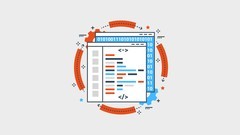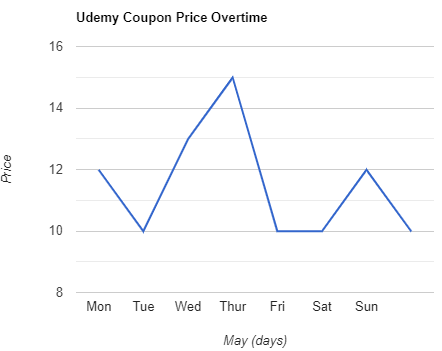Java Memory Management (Udemy.com)
What Java professionals need to know about memory, garbage collection, tuning the VM, and avoiding memory leaks.
Created by: Matt Greencroft
Produced in 2022
 What you will learn
What you will learn
- The best Java programmers have a deep understanding of how memory works in Java, and use this to influence how they create their code. This course will give you that understanding, together with the tools that you will need to investigate when things go wrong.
- By the end of this course, you'll understand important concepts like the stack and the heap, limitations of the final keyword, and how garbage collection works.
 Quality Score
Quality Score
Overall Score : 86 / 100
 Live Chat with CourseDuck's Co-Founder for Help
Live Chat with CourseDuck's Co-Founder for Help
 Course Description
Course Description
You don't need to be a Java Expert to do this course, but you should be able to confidently create basic Java code before you start.
Important note about Java Versions: This course is aimed at users of Java 7 and 8. There's a separate course covering more recent versions of Java (8 and 11+) called "Java Application Performance and Memory Management" - this other course includes almost all the content from this course, upgraded for newer versions of Java, together with other topics around application performance. If you are using newer versions of Java you may wish to take the "Java Application Performance and Memory Management" course. Who this course is for:
- This is an advanced Java course, and is most suitable for Java programmers who have some experience creating real world production software.
- If you have ever created code that has run out of memory, or suffered from poor performance due to memory usage, then this course will show you how to identify the cause and resolve the problem.
 Instructor Details
Instructor Details

- 4.3 Rating
 50 Reviews
50 Reviews
Matt Greencroft
Having worked for over 20 years as a professional programmer, mainly in banking, Matt now teaches for Virtual Pair Programmers. His specialist areas are JavaEE, Android, Hadoop and NoSQL. Matt's currently working on a Clojure project, which he finds an enjoyable challenge!
Outside of work, Matt enjoys cycling, but prefers going downhill to uphill, and he also plays the piano very badly.
Virtual Pair Programmers are here to help you take your programming skills to the next level. We're a group of enthusiastic software trainers who are all professional developers, and have a really practical approach to learning - our courses are full of real world case studies and hands on examples. We teach what you need to know to be productive in the workplace and to get the job done, rather than going through each feature turn by turn.











